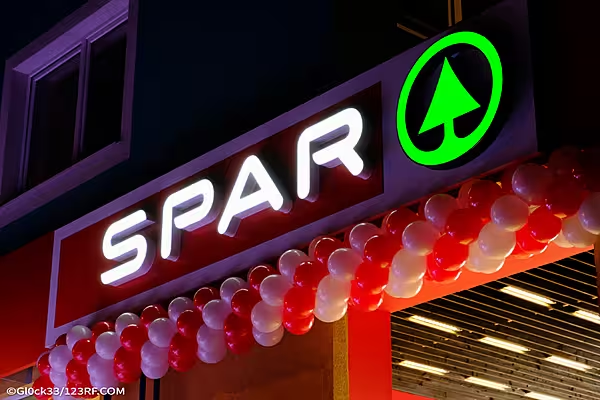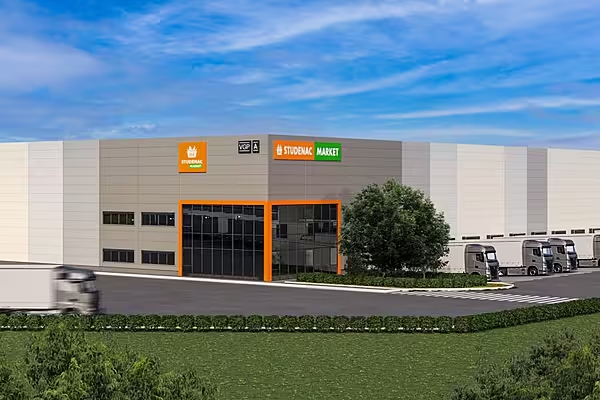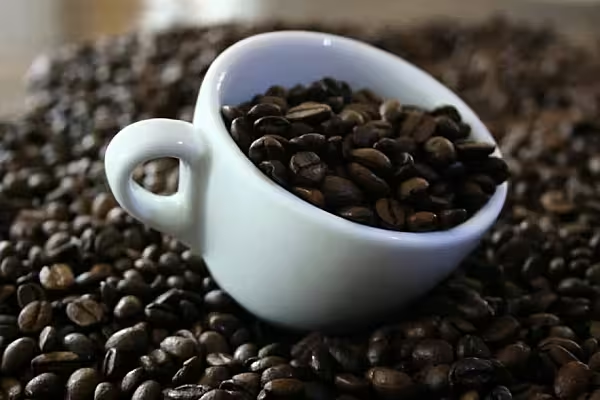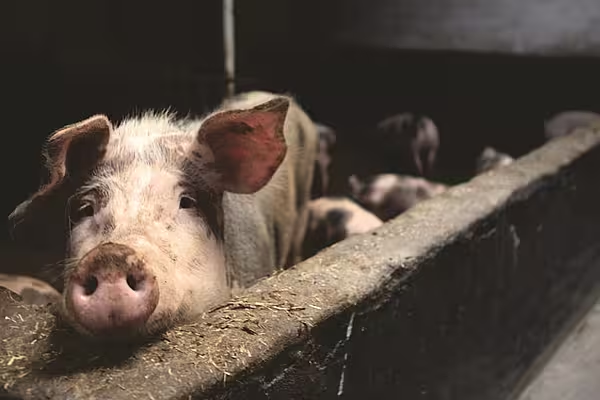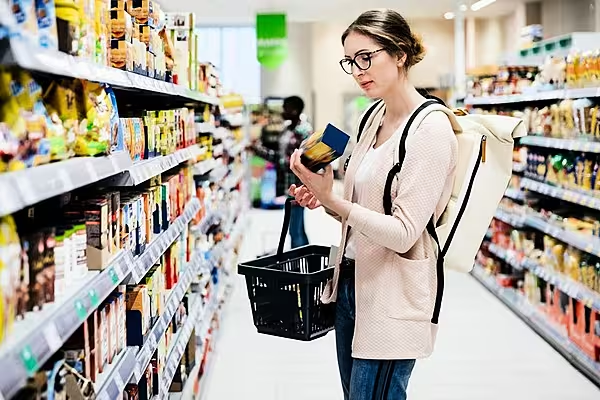Bas Feijtel has a bumper crop of pears and no place to sell them all, so he’s leaving a quarter of them to rot.
That’s because the price he gets for his pears plunged 70 per cent from last year after Russia’s food import ban, and the grower in Wemeldinge, Netherlands, says it’s cheaper not to harvest any but the most perfect fruit.
Russia, the biggest buyer of European pears, last month banned an array of food imports from the European Union, US and other countries that supported sanctions against it over conflicts in Ukraine. The restrictions pushed prices lower for everything from Spanish peaches to Latvian cabbage to Finnish dairy products, according to Brussels-based farm lobby Copa-Cogeca.
In the wake of the Russian ban, the EU announced support measures for fruit and vegetable producers worth €125 million, which include payments for non-harvesting of crops and for free distribution of fruit to charities, hospitals or schools. About €82 million of the total will be allotted to apple and pear producers, said Roger Waite, a spokesman for the European Commission, the EU’s administrative arm.
Perishable Products
Exports of all EU food products now banned by Russia were worth €5.1 billion last year, representing 4.2 per cent of the bloc’s total agricultural shipments, according to the European Commission. About 29 per cent of the EU’s fruit and vegetable exports went to Russia, and the sector is the most affected by the ban because the products are perishable, the Commission said in a 3 Sept. report.
It costs Feijtel about 10 cents a kilogram to pay workers to harvest his pears, more than he would get for lower grade fruit that would normally go to the export market, he said by telephone 2 Sept. While he may receive 15 cents for higher quality pears, that’s down from 50 cents at this time last year, he said.
Most European pear farmers will lose money this year because their production costs are 40 cents to 50 cents a kilogram, Cindy van Rijswick, a fresh produce analyst at Rabobank International in Utrecht, Netherlands, said by telephone 2 Sept. Storage and paying for labour at harvest make up the biggest share of costs, she said.
EU pear exports to countries outside the 28-country bloc were worth €313.2 million last year, with Russia accounting for more than half the value at €179.3 million, according to Eurostat. The top EU suppliers to Russia were Belgium, Lithuania and the Netherlands.
European pear production may total 2.27 million metric tons this year, 2.5 per cent less than in 2013, according to the World Apple and Pear Association, a Brussels-based industry group. The harvest will be larger than last year in both the Netherlands and Belgium, the group predicts, after northwest Europe experienced a mild winter and ample rain during spring.
Price Pressure
“At the moment we see quite a lot of pressure on prices,” Ad Klaassen, the secretary general of the Dutch Produce Association, said by telephone from Breda, Netherlands. “Growers are still looking at the situation and what will happen, but a number of growers will not harvest their production.”
The harvest will continue through the end of this month, and Feijtel, whose orchard spans 25 hectares, said growers are scrambling to find space to store crops that would normally be exported. Prices in Belgium that were 75 cents a kilogram in mid-June were about 46 cents in late August, European Commission data show.
“Hopefully we will get some normal prices, maybe not now but in 6 months,” Feijtel said. “The first thing everybody does is put all the pears in the fridge, and try to hire extra fridge space and extra boxes to put the pears in. When that’s not possible anymore, we’ll have to see what we can do.”
Bloomberg News, edited by ESM


